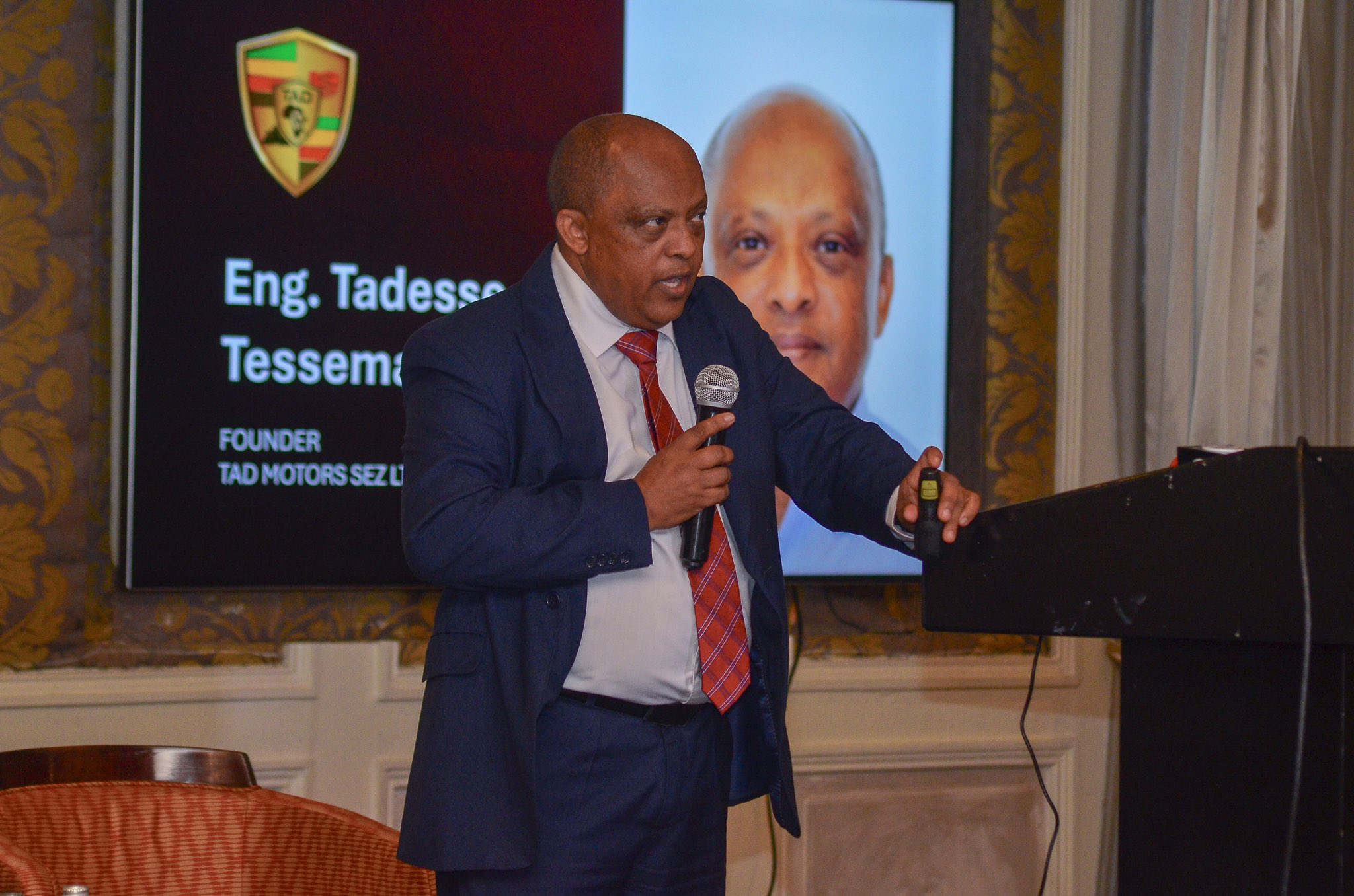 Ethiopian-born auto entrepreneur Tadesse Tessema./HANDOUT
Ethiopian-born auto entrepreneur Tadesse Tessema./HANDOUT
Kenya is inching closer to the day when drivers will walk into a dealership and drive out in an electric car that is not only assembled locally but, in the long run, made almost entirely from Kenyan components.
This is the vision of Ethiopian-born auto entrepreneur Tadesse Tessema who says that beginning January 2026, Kenyans will be able to buy brand new, locally assembled electric vehicles (EVs).
With an investment of Sh1.3 billion through TAD Motors at the Naivasha Special Economic Zone (SEZ). The founder will be looking to increase local manufacturing of parts to enable up to 80 per cent of spare parts manufacture.
The company is targeting the mass market with small sedans and SUVs priced between Sh1.3 million and Sh1.5 million, placing them in the same bracket as most imported second-hand vehicles.
In an Exclusive interview with the Star Tessema said the firm aims to undercut the cost of ownership of internal combustion cars while reducing reliance on used imports that dominate the Kenyan market.
“October, November, and December will be our assembly preparation months. From the end of January, we will begin deliveries. We will be looking to manufacture on a need basis,” he said in an interview.
With a target of 3000 cars per year, the founder says local sourcing of parts will reduce the overall cost of the cars.
Tessema, who has launched successful EV ventures in Ethiopia and Europe, described Kenya as the ideal launchpad for African expansion.
“Those three pillars—clean power, tariff support, and industrial policy—make Kenya ideal for affordable EVs built for African roads,” he said.
The automaker last year secured four acres at the Naivasha SEZ, where it will invest between $6 million and $10 million (Sh790 million to Sh1.3 billion) in phases.
The plant will assemble vehicles from complete knock-down (CKD) kits while gradually increasing local content to 60 per cent in the first three years, rising toward 80 per cent as suppliers mature.
Despite growing interest in electric mobility, adoption in Kenya remains low. The market is constrained by high upfront prices, inadequate charging infrastructure, and a steady influx of used imports that are cheaper in the short term.
TAD Motors is banking on affordability, local assembly, and innovative charging technology to drive uptake.
“Our models come with onboard charging systems that can use standard charging systems, allowing owners to recharge at home or work even as public charging infrastructure expands,” explains Tessema.
Kenya electric mobility market is currently dominated by electric motorcycles, which make up a significant portion of the EV registrations.
However, three and four wheelers have also been on the rise driven by government incentives such as reduced import duties, the introduction of a favorable EV tariff, and the increasing affordability of models from Chinese manufacturers.
Kenya’s EV space has attracted players such as BasiGo, BYD, Autopax, and Chinese importers, but Tessema said TAD Motors’ differentiation lies in its product focus.
“We are building small sedans and SUVs locally, with higher local-content targets and designs tuned for Kenyan roads—not just importing buses or finished units,” he noted.
Mr Tessema urged policymakers to speed up the finalisation of national charging standards, expand credit guarantees for EV buyers and assemblers, and ensure stability of the e-mobility tariff.
“Kenya is on the right track—renewables-heavy grid, a special EV tariff, and a draft e-mobility policy. Now it’s about speed and consistency in implementation,” he said.
The automaker plans to launch its Makena EV and Amani EV first, followed by Dhahabu, with additional models—Taji and Fahari—rolling out as the Naivasha plant ramps up.











